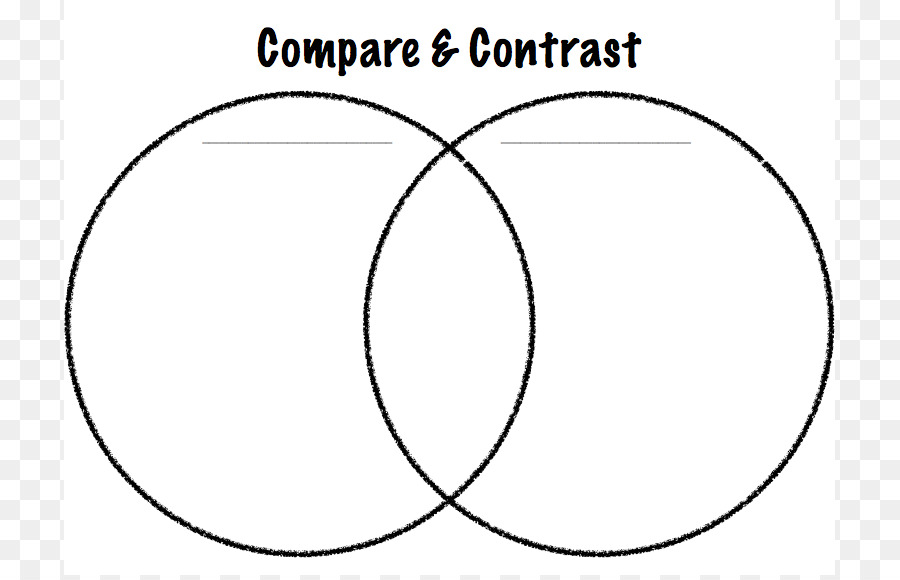Extra! Extra! Newsies Strike of 1899
Today there are many ways for us to access the news: radio, print, television and internet. However, back in 1899 the only way to get the news besides word-of-mouth was to read it in the newspaper. In the late 19th and early 20th centuries, young children (mostly boys – but girls too) called newsies would purchase a pile of 100 newspapers for 50 cents each day. They would then spend hours shouting out headlines in order to persuade those passing by to purchase a newspaper for one penny. A newsie had to sell all of the papers he or she bought in a day in order to earn a profit. Most of these children were either homeless or living in lodging houses, and working as newsies was how they survived the tough streets of New York City.
In 1898, publishers increased the price of a newspaper bundle to 60 cents because of the Spanish-American War. (The headlines were so dramatic then that it was easier to sell papers.) But after the war, when life went back to normal, two newspaper publishers did not bring their prices back down: Joseph Pulitzer (New York Evening World) and William Randolph Hearst (New York Evening Journal). At this high rate, newsies could not make enough money to pay for their lodging and their food, and on July 21, 1899, the newsies went on strike!
For two weeks, thousands of angry newspaper boys and girls boycotted their positions, filling the streets of downtown Manhattan and crossing the Brooklyn Bridge. They brought traffic, businesses, and life in general to a halt. Newsies and their supporters tore up Pulitzer and Hearst published newspapers of anyone who tried selling them in the streets and requested that the public no longer buy either paper until the strike was settled.
Several rallies drew more than 5,000 newsies, complete with charismatic speeches by strike leader Kid Blink.
The New York Tribune quoted Kid Blink’s speech:
“Friens and feller workers. Dis is a time which tries de hearts of men. Dis is de time when we’se got to stick together like glue…. We know wot we wants and we’ll git it even if we is blind.”
The havoc in New York City and the strike’s spreading across the New York metropolitan area, as well as to New Haven, Connecticut; Fall River, Massachusetts; and Providence, Rhode Island made it hard for the New York Evening World and New York Evening Journal to continue. Eventually, Pulitzer and Hearst agreed on a negotiation. They kept the price of the bundle of papers at 60 cents but would buy back any papers that went unsold from the newsies each day.
While the Village (an area in New York City) and our other neighbourhoods would have been quite chaotic during those two hot weeks in late July and early August of 1899, the spirited rallies of the newsboys and girls at that time showcase the drive and passion that make the community a dynamic place to live and work. Though child labour laws did not come into play until the 1920s, the newsies strike of 1899 did inspire others to take action: igniting Montana Newsboys’ Strike of 1914 and a 1920s strike in Kentucky.
- - - - - - - - - - - - - - - - - - - - - - - - - - -
Write down what you think are the 6 main bullet points from the information about the newsie strike.
1. Where and when does this movie about the newspaper strike take place?
2. Who were the two owners of the newspapers?
3.
What types of kids were the Newsies?
4.
Why do you think Mr Weasel sold the Newsie 20 papers but only gave him 19?
5. Why was there a strike, what was it about, what did they want?
6.
Why were David and his brother selling newspapers?
7. When David’s family invited Jack to dinner, what did they add to the stew?
8. Referring to the above question, what would this indicate?
9. How did the Newsies try to strengthen the power of the strike?
10. Jack became a scab. What is a scab?
11. How did Pulitzer try to “influence” Jack into becoming and then staying a scab?
12. What does, “if it’s not in the paper, it didn’t happen” mean?
13.
How did the Newsies take power from Pulitzer?
14. What reforms did the Newsies finally get?
15.
Why was Pulitzer afraid of the Newsies?

